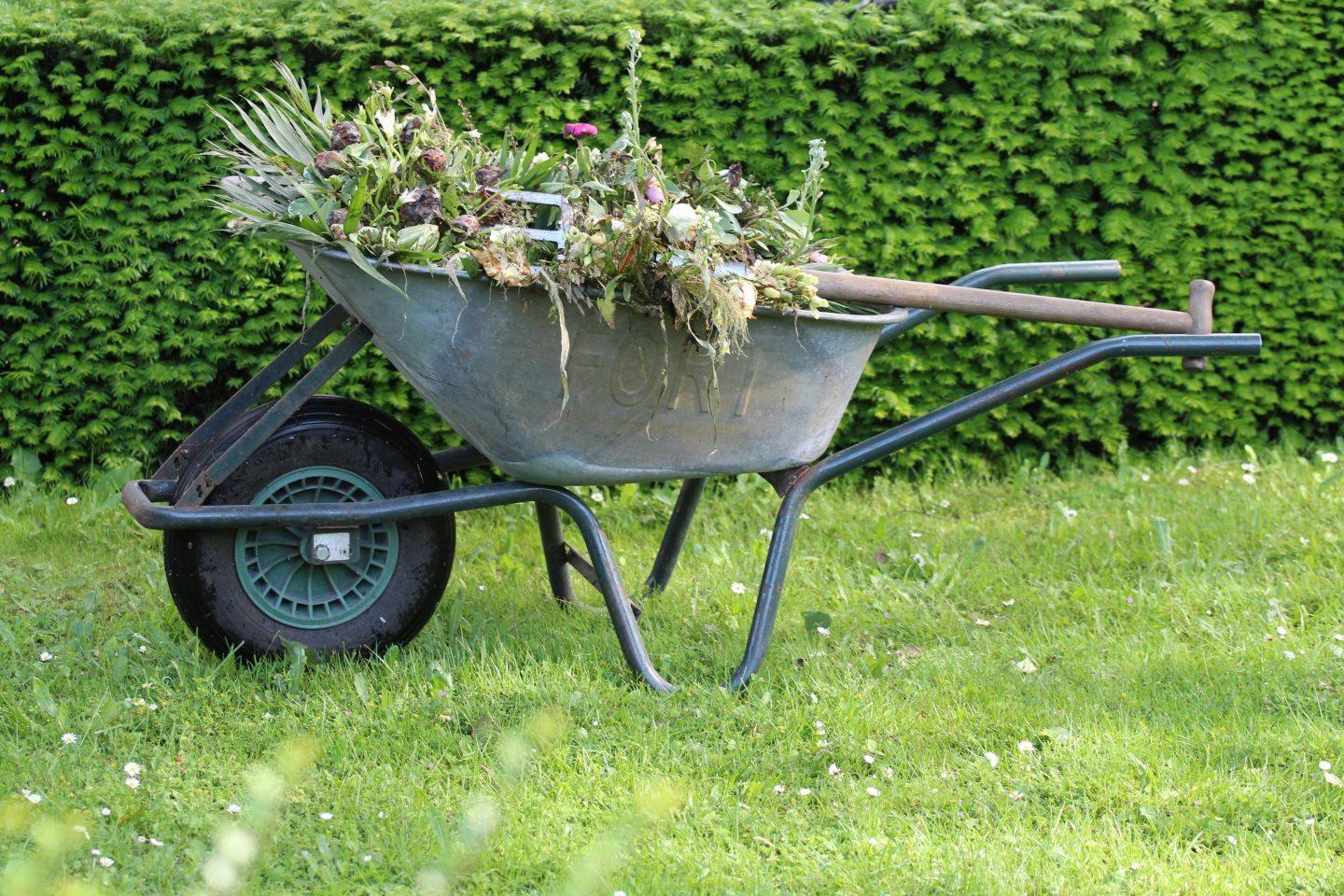ADVERTISING
City warns of spread of allergenic plant
Griesheim. ragweed this year . The southwest residential area is particularly affected, where the invasive plant species is increasingly found in meadows between the mini-forests and along the noise barrier on Westring. Individual specimens have also been discovered along roadsides. The public works department is currently combating the spread by mowing, mulching, and manually removing the plants.
The inconspicuous plant, originally from North America, begins to bloom from late July to early August. Its pollen is one of the most potent allergens and can cause hay fever, skin irritation, or even asthma. The flowering period lasts until October.
Danger also in private gardens:
Ragweed spreads rapidly due to its high seed production, often unnoticed in private gardens – for example, near birdhouses, since bird food often contains seeds. To prevent pollen dispersal and the spread of pollen, the plant should be pulled out or mowed before flowering, if possible. The city recommends wearing protective gloves and a respirator for flowering plants. Ragweed is disposed of with general waste, not compost.
How to identify ragweed:
This annual plant has bipinnate leaves, green on both sides, and heavily hairy stems. Young plants resemble young tomato plants. From the end of July, inconspicuous, greenish-yellow, cluster-shaped flowers form. Depending on the weather, the plant can remain under 50 centimeters tall or reach up to 1.5 meters.
Further information on detection and control can be found on the Griesheim city website .
(Griesheim - Red/PSG)











